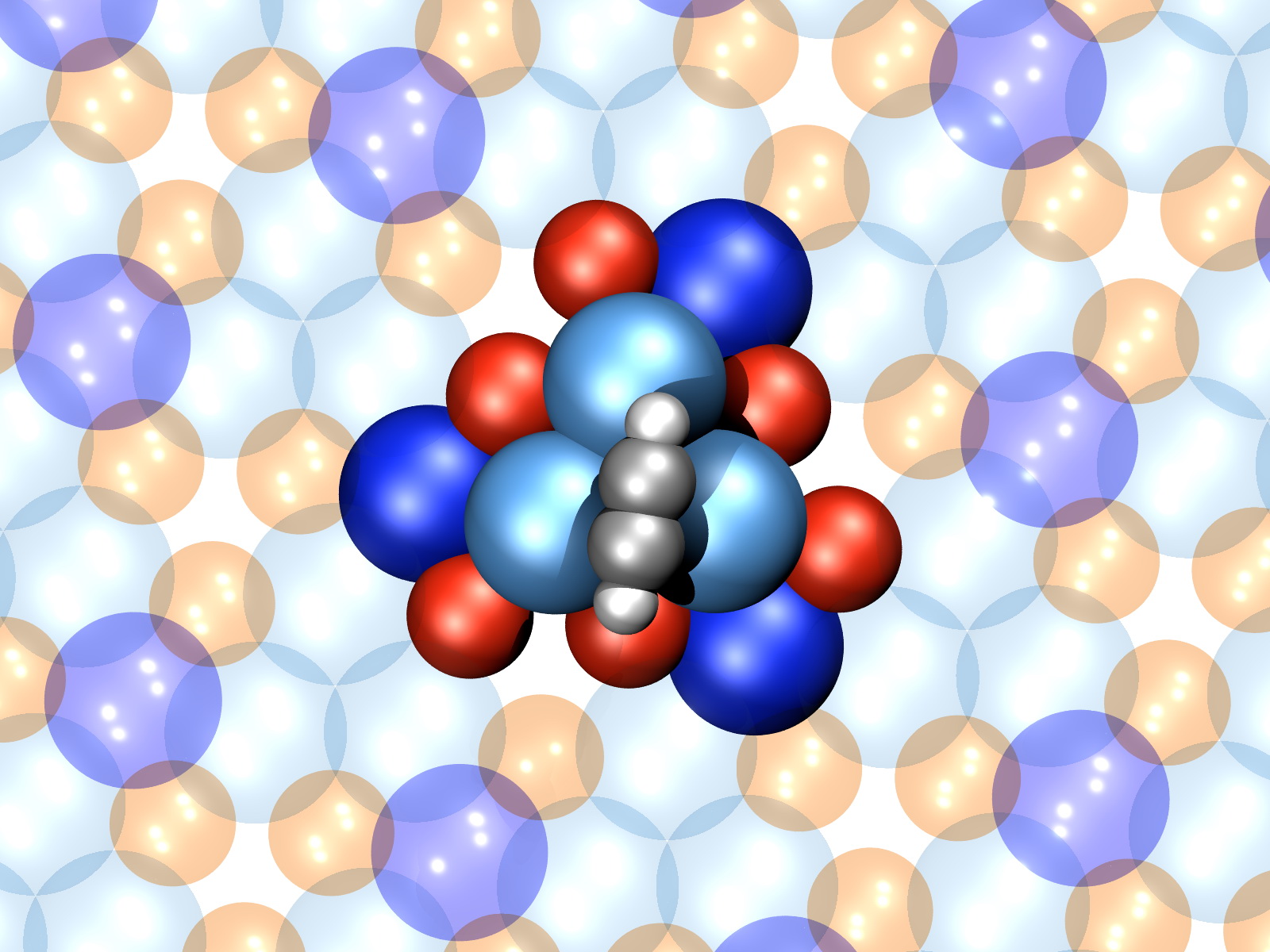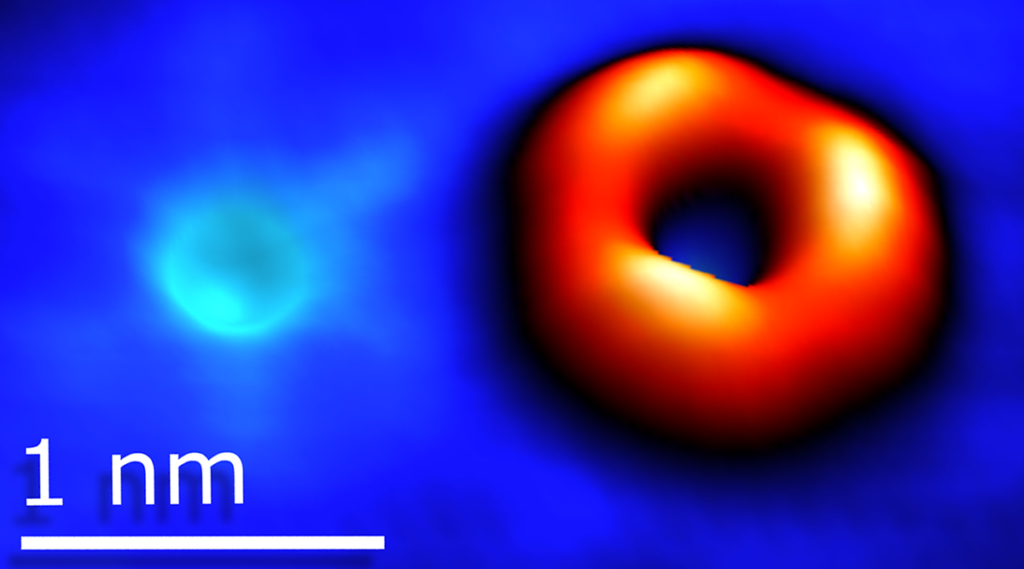Researchers have taken the first atomic-resolution images and demonstrated electrical control of a chiral interface state – an exotic quantum phenomenon that could help researchers advance quantum computing and energy-efficient electronics.
Tag: scanning tunneling microscopy
Imaging the Chemical Fingerprints of Molecules
Experiment, theory, and simulation show basic chemical properties are imprinted in atomic force microscope images and may help ID unknown molecules.

The smallest motor in the world
A research team from Empa and EPFL has developed a molecular motor which consists of only 16 atoms and rotates reliably in one direction. It could allow energy harvesting at the atomic level. The special feature of the motor is that it moves exactly at the boundary between classical motion and quantum tunneling – and has revealed puzzling phenomena to researchers in the quantum realm.
Atomic Defect Lines Suppress Deactivation of Iron Oxide Catalysts
A structure based on the low-cost, earth-abundant metal iron may be active enough to promote desired reactions without becoming “poisoned.”
Making High-Temperature Superconductivity Disappear to Understand Its Origin
Purely electronic interactions could be behind copper-oxygen compounds conducting electricity without resistance at relatively high temperatures.

The Beauty of Imperfections: Linking Atomic Defects to 2D Materials’ Electronic Properties
Scientists at Berkeley Lab have revealed how atomic defects emerge in transition metal dichalcogenides, and how those defects shape the 2D material’s electronic properties. Their findings could provide a versatile yet targeted platform for designing 2D materials for quantum information science.